11 Fascinating Facts from the First Thanksgiving in 1621
The first Thanksgiving in 1621 marks a pivotal moment in American history, embodying a blend of myth, legend, and historical fact that has intrigued and fascinated generations. This iconic event, often depicted in popular culture as a harmonious feast shared between the Pilgrims and the Wampanoag tribe, is shrouded in as much mystery as it is in tradition. Delving beyond the familiar narrative of this historical feast reveals many fascinating details about the early settlers, their Native American allies, and the true nature of what transpired during those autumn days in Plymouth Colony.
While the image of Pilgrims and Native Americans gathered around a bountiful spread is ingrained in the collective consciousness, the reality of the 1621 Thanksgiving was quite different and far more complex. What ensued was a unique, three-day event that showcased the resilience and resourcefulness of the early settlers and highlighted the Wampanoag people’s crucial role in helping the newcomers survive in an unfamiliar land.
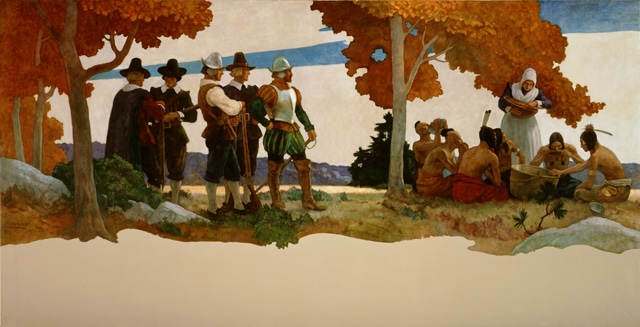
The Length and Timing of the First Thanksgiving
Contrary to the popular notion of the First Thanksgiving as a single-day event, historical records suggest that the celebration in 1621 spanned over three days. This extended period of festivity was more akin to a harvest festival, a common tradition in Native American and European cultures.
The Pilgrims, having endured the hardships of their first year in the New World and having reaped a successful harvest, had ample reason to celebrate. The presence of the Wampanoag tribe, led by Chief Massasoit, not only added to the numbers but also the significance of the gathering.
The exact dates of this celebratory feast have yet to be definitively known. Still, it is believed to have occurred in late September or early October, aligning more closely with the typical harvest time in the region. The three-day affair was marked by dining and various activities, including games, singing, and possibly even joint military exercises. This extended celebration was a rare moment of unity and cooperation between the Pilgrims and the Native Americans, a time of shared joy and gratitude for the bounties of the harvest.
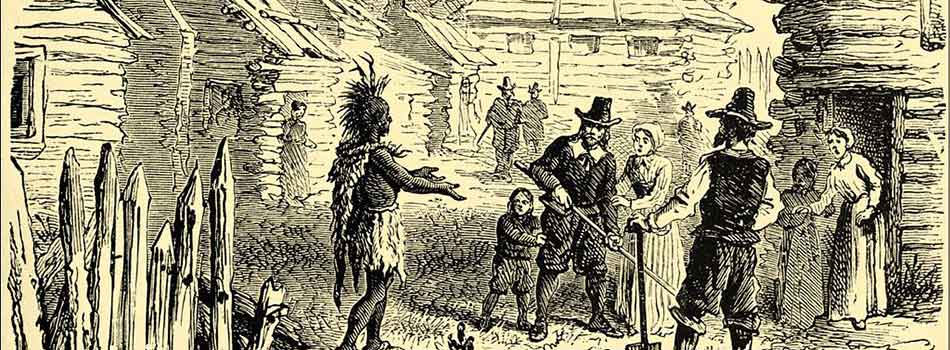
The Crucial Bond: Pilgrims and the Wampanoag Before 1621
Before the iconic first Thanksgiving celebration in 1621, the relationship between the Pilgrims and the Wampanoag tribe was foundational to the survival and establishment of the Plymouth Colony. When the Pilgrims arrived in 1620, they needed to prepare for the challenges of the New World, including harsh weather conditions and the complexities of cultivating the land. The Wampanoag people, led by Chief Massasoit, assisted these early settlers. They taught the Pilgrims essential survival skills, such as how to grow corn, beans, and squash and how to fish and hunt local wildlife.
This support was a gesture of goodwill and part of a strategic alliance. The Wampanoag, having faced their challenges due to disease and conflict with rival tribes, saw an opportunity to forge a mutual assistance pact with the Pilgrims. This alliance was solidified in March 1621 with a formal treaty, pledging mutual protection against other tribes and setting the groundwork for trade and cooperation. The shared Thanksgiving feast in November 1621 was, in many ways, a culmination of this burgeoning relationship—a celebration of a successful harvest season and a testament to the benefits of this cross-cultural alliance.
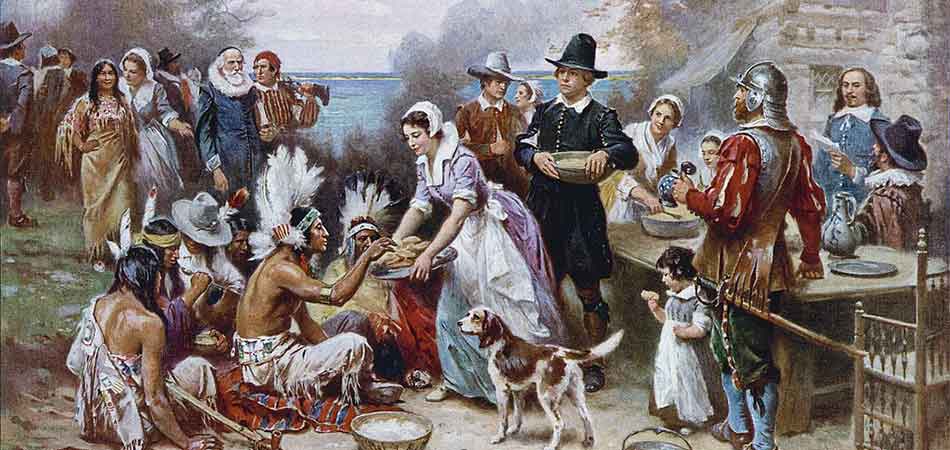
A Gathering of Cultures: The Attendees of the First Thanksgiving
The First Thanksgiving in 1621 was a significant event in its celebration and the remarkable assembly it garnered. Historical accounts suggest that the gathering was attended by about 50 Pilgrims and 90 members of the Wampanoag tribe. This incredible attendance is noteworthy, especially considering the Pilgrim population had dwindled to around half of the Mayflower’s original passengers by the autumn of 1621. The Wampanoag’s strong presence, led by their chief Massasoit, was a display of goodwill and a sign of the strong alliance between the two groups.
The sizeable number of Wampanoag attendees, significantly outnumbering the Pilgrims, reflects the crucial role the tribe played in the survival and establishment of the Plymouth Colony. This gathering was more than just a feast; it was a symbolic representation of a brief period of peace and cooperation between European settlers and Native Americans. The attendance of these two distinctly different groups illustrates a moment of unity and mutual respect, a rare occurrence in the history of early colonial North America.
The Feast of 1621: A Different Thanksgiving Menu
The menu of the First Thanksgiving in 1621 was a far cry from the traditional fare that graces modern tables. Historical accounts suggest that the feast likely included venison and wildfowl such as ducks, geese, and possibly wild turkeys. These meats formed the meal’s centerpiece, a reflection of the New World’s wilderness’s bounty. Alongside these protein sources, the menu was supplemented with native vegetables and staples. Corn, a crucial crop learned by the Pilgrims from the Wampanoag, featured prominently, likely prepared as cornmeal or in bread-like forms.
The coastal location of the Plymouth settlement meant that shellfish were also likely part of the feast, including clams and mussels. Squash, another crop cultivated with the guidance of the Wampanoag, would have been a logical addition to the spread. Notably absent from the menu were items that are today synonymous with Thanksgiving, such as potatoes, which had yet to become widespread in North America, and pumpkin pies, as the Pilgrims lacked the butter and wheat flour necessary for making pie crusts. This historic meal was less about tradition and more about survival and gratitude for the harvest, showcasing a blend of European culinary practices and Native American ingredients and techniques.

The Wampanoag Contribution: Venison and More at the Feast
A notable and generous contribution to the First Thanksgiving feast in 1621 came from the Wampanoag guests, who brought five deer to the gathering. This significant offering of venison added to the variety and abundance of food available and symbolized the goodwill and cooperative spirit between the Wampanoag tribe and the Pilgrims. The deer, a valuable source of meat, represented a vital aspect of the Wampanoag’s diet and hunting skills, showcasing their adeptness in providing for their community and new allies.
Beyond the provision of deer, the Wampanoag’s contributions to the first Thanksgiving and the Pilgrims’ survival in their new environment were extensive. They played a crucial role in teaching the Pilgrims essential agricultural techniques and how to harvest the native crops of the region. Their knowledge of the local environment, including fishing and foraging skills, was indispensable in ensuring the Pilgrims could sustain themselves. The Wampanoag’s involvement in the Thanksgiving feast was much more than bringing food; it was a gesture of sharing their culture, knowledge, and resources, vital for the Pilgrims’ adaptation and survival in their new home.
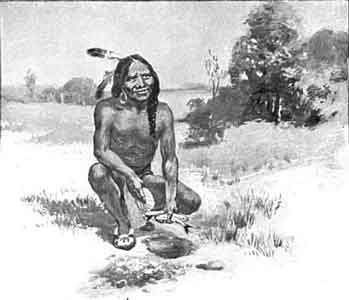
The Essence of Harvest in the 1621 Celebration
The First Thanksgiving in 1621, often enshrined in the collective memory as a solemn religious observance, was primarily a celebration of a successful harvest. For the Pilgrims, this feast marked the culmination of a year filled with extreme hardships, where the bountiful harvest was a critical turning point ensuring their survival in the New World. This event was more reflective of traditional English harvest festivals, replete with joyous feasting and communal activities, rather than a strictly religious service of Thanksgiving.
Both the Pilgrims and the Wampanoag tribe brought their unique cultural aspects to this celebration. The Pilgrims, with their English heritage, would have been accustomed to celebrating the Harvest Home, a festive English tradition marking the end of the harvest season. On the other hand, the Wampanoag had their ways of celebrating the harvest, which included dancing, singing, and feasting to give thanks for the land’s bounty.
The confluence of these diverse cultural practices at the First Thanksgiving forged a unique event where different traditions blended harmoniously. This melding of customs and the shared joy of a successful harvest underscore the First Thanksgiving as a moment of unity and cultural exchange between the Pilgrims and the Wampanoag people.
The Evolution of Thanksgiving into an Annual Tradition
The transformation of Thanksgiving from a one-time harvest celebration in 1621 to a yearly national holiday is a fascinating journey through American history. Contrary to popular belief, the feast the Pilgrims and the Wampanoag shared took time to set a precedent for an annual celebration. Thanksgiving as a recurring event evolved over centuries, shaped by cultural practices and historical influences. S
Sarah Josepha Hale, the author of the nursery rhyme “Mary Had a Little Lamb, ” was pivotal in this evolution.” A determined advocate for Thanksgiving, Hale campaigned tirelessly for its recognition as a national holiday. Through her editorship of “Godey’s Lady’s Book,” a widely read magazine of the time, she used her influential platform to publish editorials and send letters to political leaders advocating for the establishment of Thanksgiving as a national holiday.
Her efforts culminated in success when President Abraham Lincoln, amidst the Civil War in 1863, proclaimed Thanksgiving a national holiday. Lincoln’s declaration was, in part, an effort to unite the country during a time of deep division. He designated the last Thursday of November as a day of Thanksgiving and praise. This act solidified Thanksgiving’s place in American tradition, transforming it from a regional, sporadic observance into a fixed annual celebration, fostering a spirit of unity and gratitude across the nation.
The Origins of the Term “Thanksgiving”
Contrary to common perception, the term “Thanksgiving” was not initially used by the Pilgrims to describe the celebratory feast of 1621. As it occurred, the event was more akin to a traditional English harvest festival, a communal celebration marking the successful gathering of the year’s crops. This occasion was an opportunity for the Pilgrims to rejoice over a bountiful harvest after a year of extreme hardship and challenges. It was less about “giving thanks” in the religious sense that we associate with the holiday today and more about rejoicing in the much-needed provisions that would sustain them through the coming winter.
The gradual transition of this harvest celebration into the “Thanksgiving” holiday we recognize today involved a change in meaning and the adoption of new customs. Over time, as the story of the Pilgrims and their Native American allies was passed down through generations, it took on a greater significance, symbolizing peace, cooperation, and gratitude. The name “Thanksgiving” began to apply to similar autumnal celebrations. Eventually, it became formalized into the holiday we now celebrate, encompassing gratitude, family, and the appreciation of blessings.

Dining Etiquette at the First Thanksgiving: No Forks Allowed
An intriguing aspect of the First Thanksgiving in 1621 is the dining etiquette and utensils, or rather the lack thereof, particularly when it comes to forks. The Pilgrims, aligning with the customs of the early 17th century, did not use forks at their feast. Instead, they relied on spoons, knives, and, quite commonly, their fingers to consume various dishes. Forks were not widely used in Europe then and wouldn’t become common until decades later. This meant that the eating style at the First Thanksgiving was hands-on, with participants likely using their knives to cut meat and spoons for softer foods like corn porridge or stew.
Other interesting facts about dining at the first Thanksgiving revolve around the serving and preparing the food. The cooking techniques blended English culinary traditions and Native American methods. For example, the Wampanoag might have contributed by roasting meat over an open fire. At the same time, the Pilgrims could have used their English methods of boiling and stewing.
Additionally, with no ovens for baking, bread, and pies that are common in modern Thanksgiving celebrations were absent from the table. The meal was likely served communally, with dishes shared among the attendees, reflecting both the Pilgrims’ community-oriented culture and the communal dining customs of the Wampanoag people.
Earlier Thanksgivings in America
While the 1621 Plymouth gathering is often heralded as the first Thanksgiving in what would become the United States, it was not the earliest instance of Thanksgiving celebrations on American soil. Several thanksgiving services had been conducted by Spanish explorers in areas like Texas and Florida, predating the Pilgrims’ celebration by several decades. For example, Spanish explorer Pedro Menéndez de Avilés held a notable thanksgiving mass in 1565 in what is now St. Augustine, Florida. Similarly, in 1598, Spanish settlers led by Juan de Oñate had a thanksgiving celebration along the Rio Grande in Texas after safely crossing a grueling desert.
These earlier celebrations, however, differed from the Plymouth feast in their nature and intent. They were primarily religious ceremonies rather than the harvest festival the Pilgrims and the Wampanoag observed. The Spanish thanksgivings were expressions of gratitude for safe arrival and survival, marked by masses and prayers rather than feasting. While less recognized in the popular narrative of American history, these events underscore the varied and multicultural origins of thanksgiving traditions in the United States, reflecting a broader tapestry of gratitude and celebration among the different communities that have shaped the nation’s history.
The Scarcity of Primary Sources on the First Thanksgiving
One of the most intriguing aspects of the First Thanksgiving in 1621 is the scarcity of firsthand documentation. The historical understanding of this event is primarily based on just a few accounts, the most detailed of which is found in the journal of Pilgrim Edward Winslow. Winslow’s report provides a glimpse into the activities and atmosphere of the celebration. Yet, it is surprisingly brief, given the significance of the event in American history.
In his writings, Winslow described the gathering as a moment of communal joy and gratitude, noting the presence of Massasoit and his men, who brought deer to the feast. He briefly touched upon the activities, including the Pilgrims’ entertainment and shooting exercises, intended to demonstrate their military capabilities to their Native American allies.
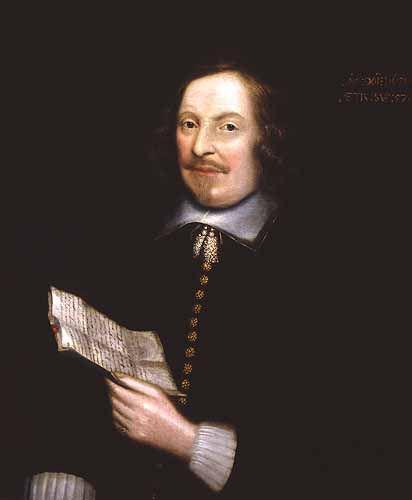
Winslow’s journal does not elaborate extensively on the event. Still, it provides enough detail to confirm the occurrence of a shared feast between the Pilgrims and the Wampanoag tribe. The lack of comprehensive documentation has left historians with only an incomplete picture of the First Thanksgiving. This scarcity of primary sources has led to much of the event’s details being filled in by later interpretations and traditions, contributing to the blend of myth and history that characterizes popular perceptions of the First Thanksgiving.
Reflecting on the Legacy of the First Thanksgiving
As we journey through the corridors of time, the story of the First Thanksgiving in 1621 remains a tapestry woven with threads of historical facts, cultural nuances, and enduring myths. Though sparsely documented and often shrouded in legend, this seminal event in American history stands as a powerful symbol of cooperation, resilience, and the shared human spirit of gratitude. The Pilgrims’ celebration with the Wampanoag tribe signifies a successful harvest and the possibilities that emerge from mutual respect and collaboration between diverse cultures.
Today, as we observe Thanksgiving, it’s essential to recognize and appreciate the depth and complexity of this historical moment. The legacy of the First Thanksgiving transcends the annual feast; it invites us to reflect on our shared history, acknowledge the contributions of Native Americans, and understand the broader context of this national holiday. In embracing both the realities and the myths of the First Thanksgiving, we find a story that continues to evolve, enriching our understanding of the past and informing our celebrations in the present.

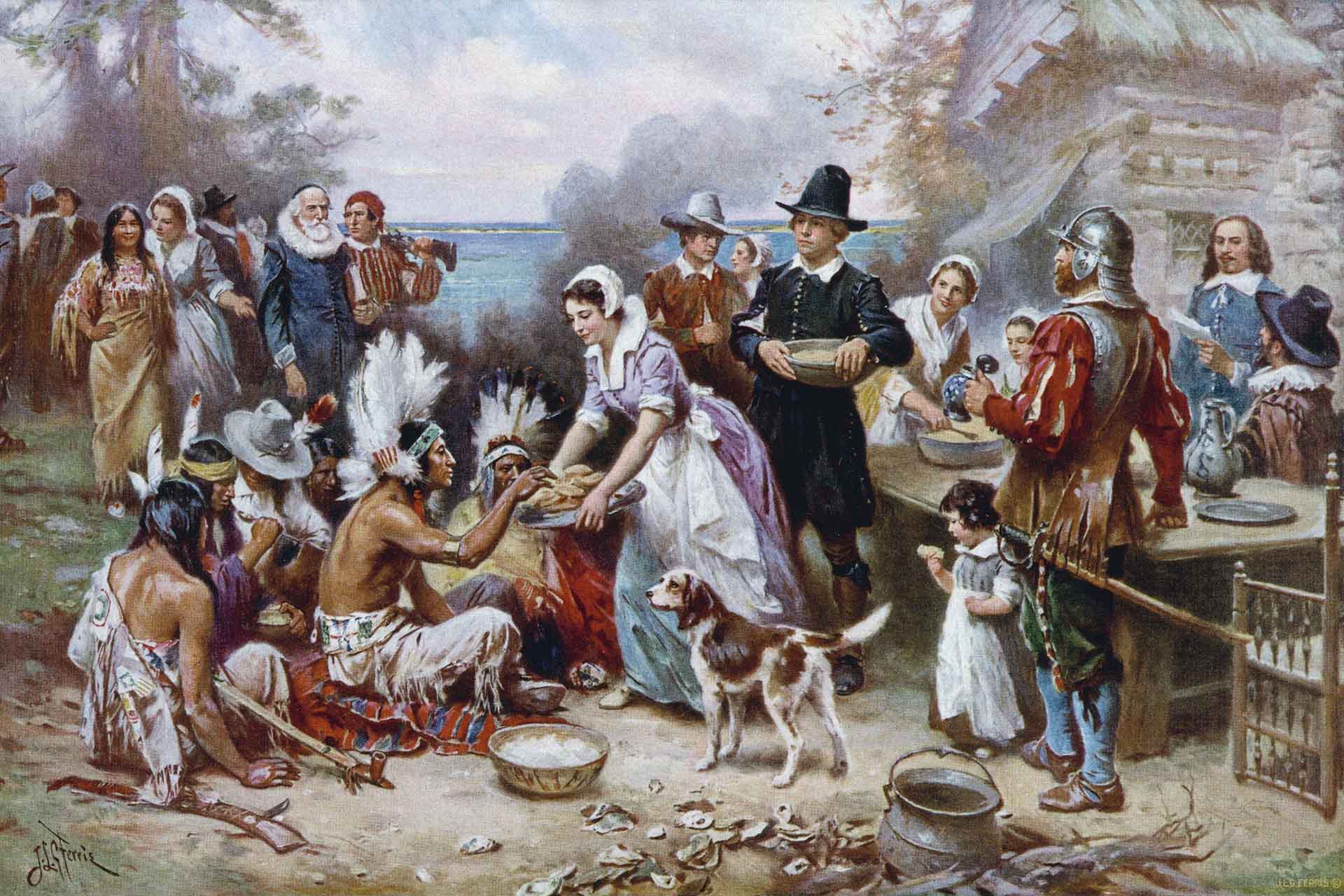
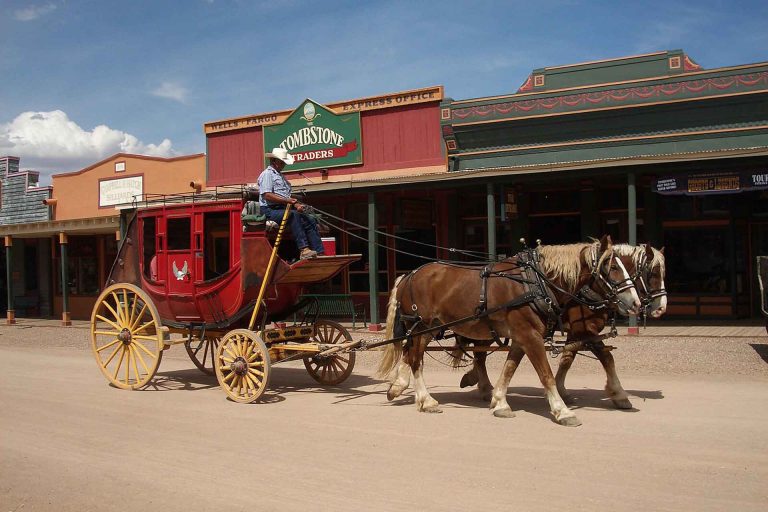
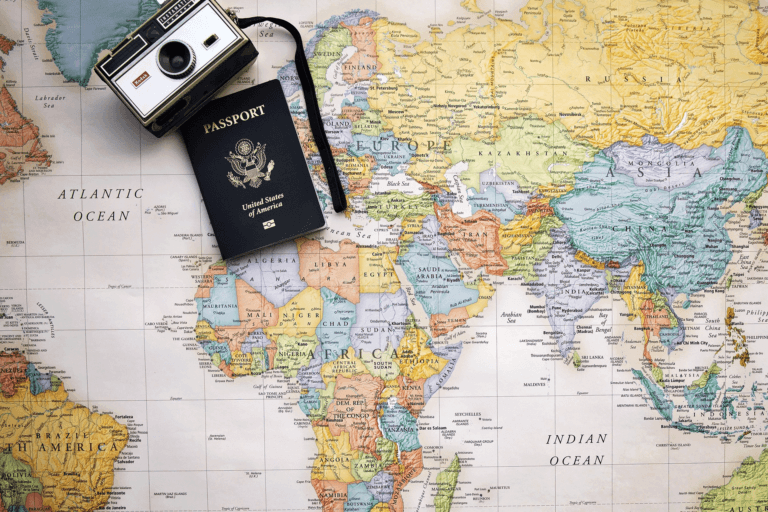

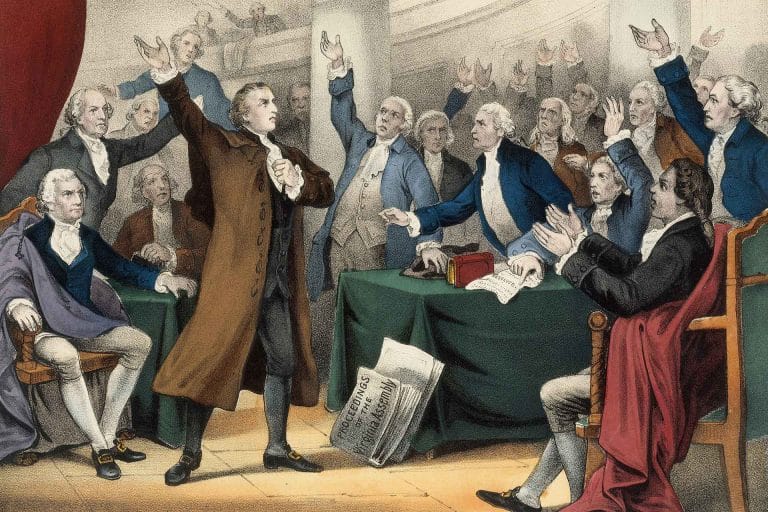

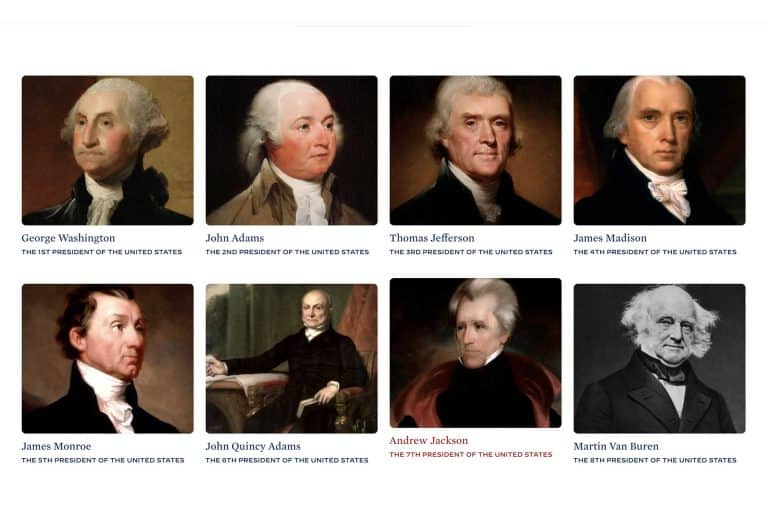
Thank you for the interesting article! I was told some people feel thanksgiving is a day of mourning. I disagree, gratitude is a much needed attitude in our society.